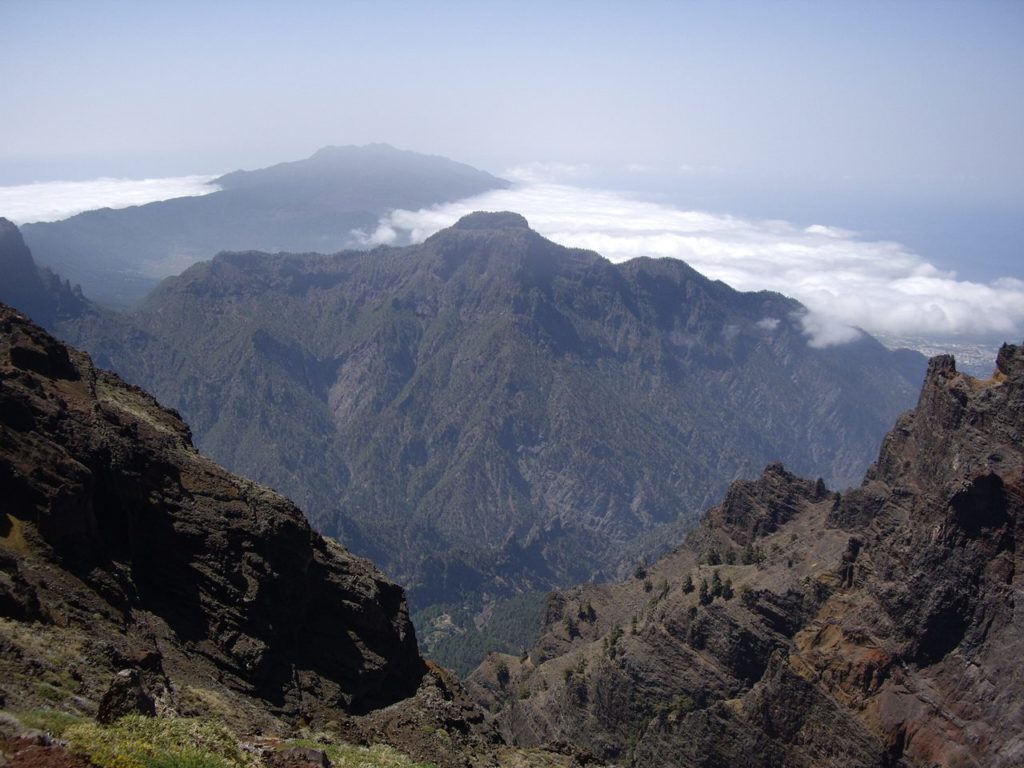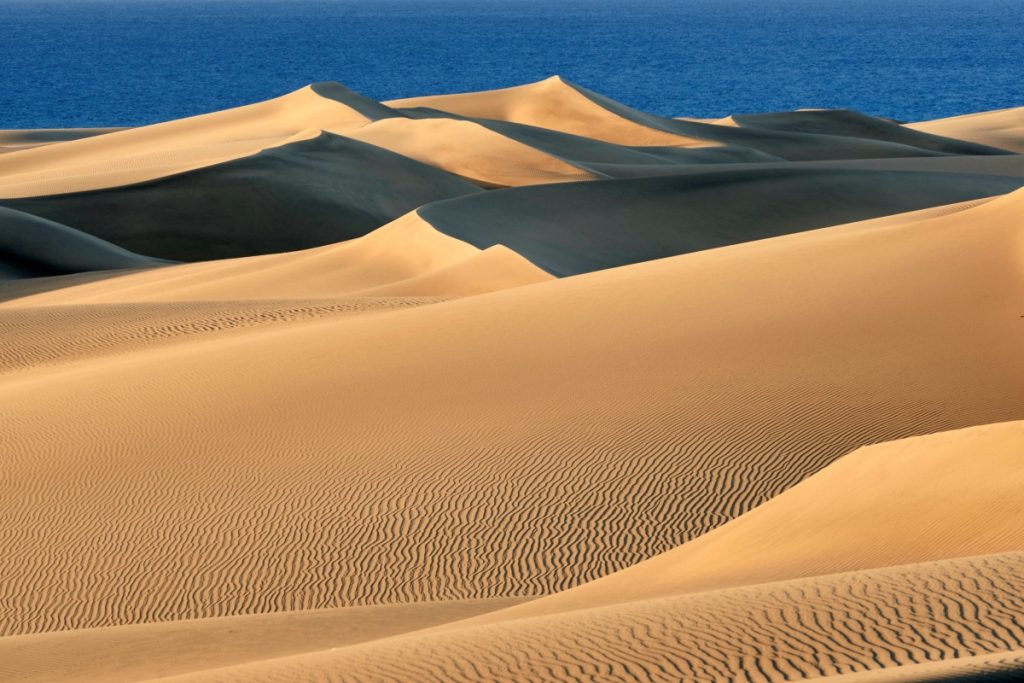Canary Islands is a privileged destination due to its climate, biodiversity and unique volcanic landscapes in Europe. However, mass tourism in the Canary Islands is beginning to take its toll. Although the economy of the archipelago heavily relies on this activity, the uncontrolled growth in the number of visitors is putting some of its most emblematic natural sites at risk.
“Perhaps our children won’t see them like this,” notes a group on Facebook that focuses on denouncing all the uncivil activities taking place in the natural spaces of the Canary Islands.
Five natural jewels of the Canary Islands under unsustainable pressure:

1. Teide National Park (Tenerife). Declared a UNESCO World Heritage site, Teide is the highest peak in Spain and one of the most visited locations in the Canary Islands. Each year, millions of tourists ascend to its base or even to the summit. This has led to:
- Erosion of trails.
- Accumulation of waste.
- Uncontrolled traffic on park roads.
The authorities have announced regulatory plans, but the challenge of reconciling conservation with visitation remains unresolved.

2. Caldera de Taburiente (La Palma). The Caldera de Taburiente, a huge eroded crater covered in Canary pines and crossed by ravines, is one of the great natural treasures of the archipelago. Despite being protected as a national park, the influx of uncontrolled hikers and illegal campers has caused:
- Dumping in remote areas.
- Deterioration of native flora.
- Risk of wildfires.

3. The Dunes of Maspalomas (Gran Canaria). The Maspalomas dune system is a unique space in Europe, with a very delicate biodiversity. However, the proximity of hotels, the constant passage of tourists, and the loss of sand are distorting its morphology. Additionally:
- Many people stray from marked paths, damaging the ecosystem.
- Some species of flora and fauna are disappearing from the environment.

4. Charco Azul of El Hierro. This small volcanic corner on the northern coast of El Hierro has gained notoriety thanks to social media. Its spectacular lava and sea setting is now a victim of the “Instagram effect”: there are daily peaks in visits that exceed the space’s capacity, leading to:
- Accumulated rubbish.
- Insecurity due to lack of services.
- Damage to natural bathing areas.

5. Los Tilos (La Palma). The Los Tilos Forest, one of the last refuges of laurisilva in the Canary Islands, has been declared a Biosphere Reserve. Its network of trails crosses a moist and fragile ecosystem, which is not prepared to accommodate large flows of visitors. Among the most concerning threats:
- Soil compaction due to trampling.
- Spread of invasive species.
- Degradation of the natural experience.
Penalties in protected spaces of the Canary Islands
The General Police Corps of the Canary Islands, through the Environmental and Cultural Heritage Protection Group (GRUMA) of the Administrative Surveillance and Inspection Unit (UVIA), in coordination with environmental agents from the Cabildo of Tenerife, processed about twenty sanction proposals for violations of the Law 4/2017 on Land and Protected Natural Spaces of the Canary Islands during a comprehensive joint surveillance and control operation in June.
This was conducted on paths and forest tracks in the eastern part of the island, focusing mainly on the protected spaces of Tenerife, such as Las Lagunetas, Las Palomas, and the Corona Forestal, last weekend.
Among the most significant violations were the use of motorcycles and bicycles on unauthorised trails, a behaviour that poses a risk to people’s safety and harms the integrity of the natural environment.
The intervened areas are of high ecological value, which require special protection due to their importance for biodiversity and environmental balance in Tenerife, detailed the Canary Islands Police in a statement.
















